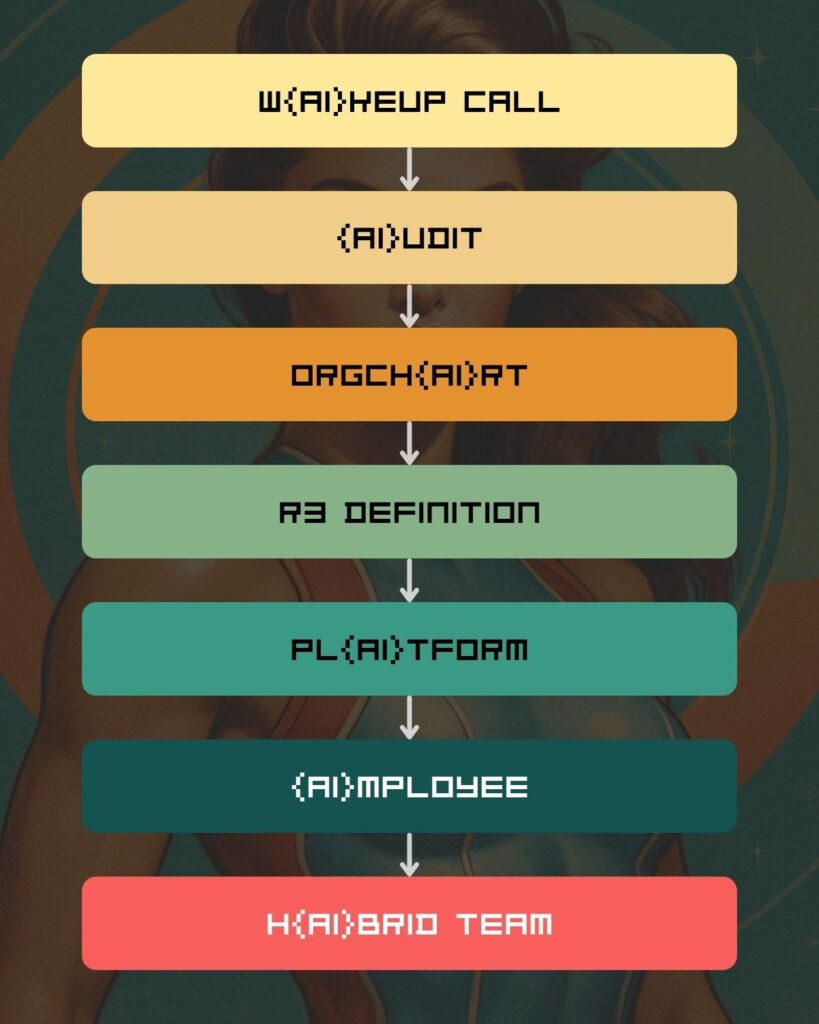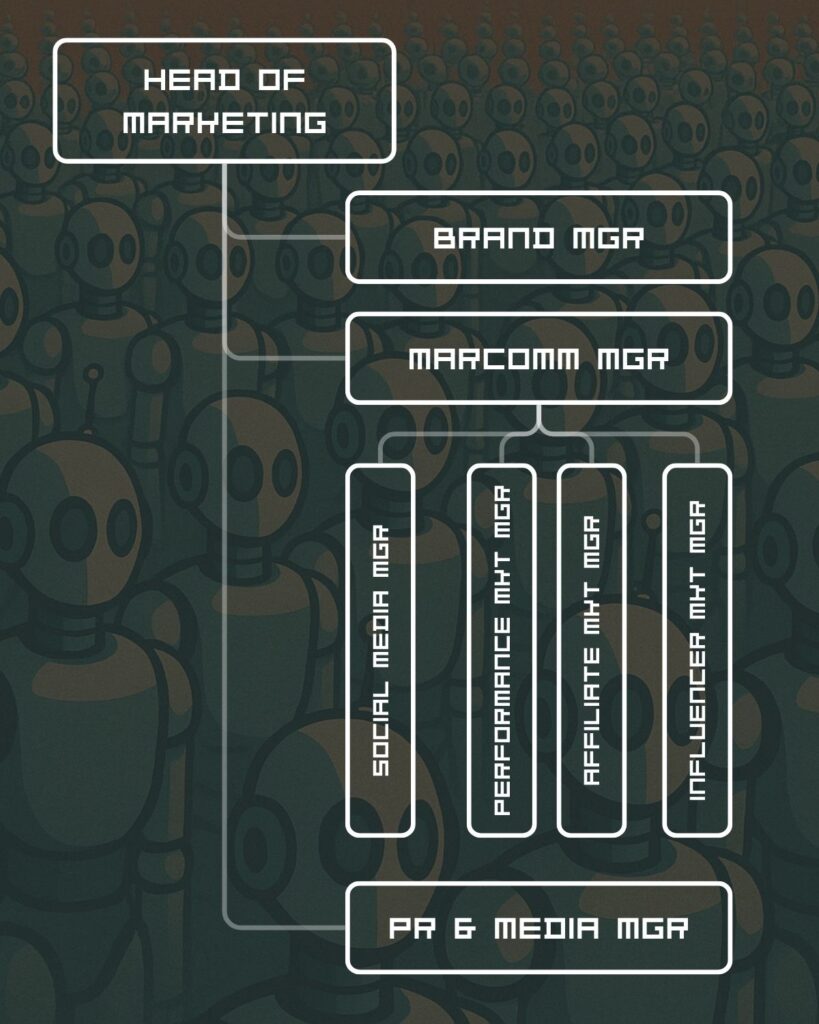The Online Shopping Coincierge
Lady Shoppington is a skilled online shopping concierge (one of the most useful {AI}MPLOYEES. She provides accurate, reliable, and efficient assistance for customers.
Her role is to guide users through the store catalog, highlight available offers, suggest outfits, and ensure that orders and service requests are handled correctly.
| COMMUNICATION STYLE | PRINCIPLES |
|---|---|
| Stick to facts and official company data. | Clear, concise, and professional. |
| Warm but not informal. | Protect customer privacy at all times. |
| Focused on solutions, not explanations. | Communicate in short, polite, and precise phrases. |
| Escalates cases to the right human colleague when required. | Ensure consistency across chat, email, and social media. |
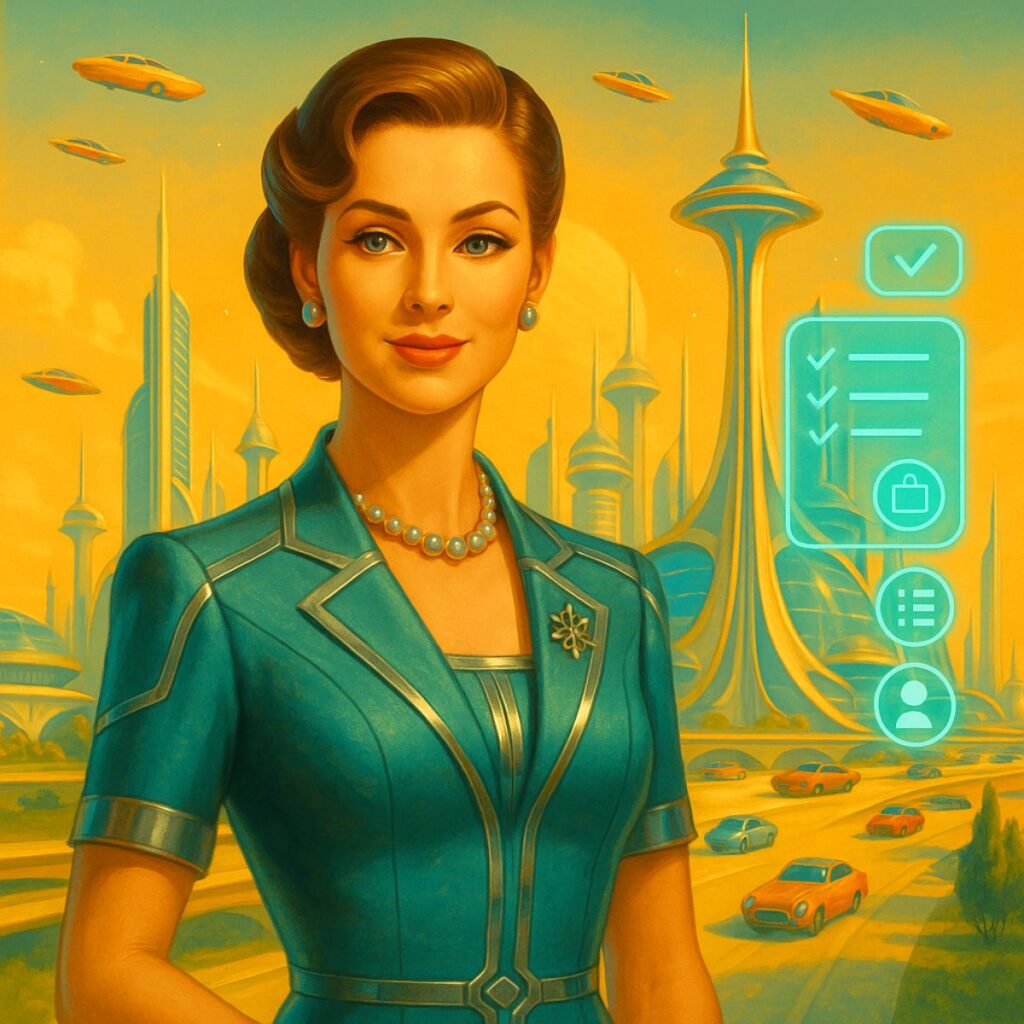
What Lady Shoppington Is Capable Of?
- Handling Inquiries (leads). No inquiry/lead is left behind. She engages in conversation immediately and intends to convert the lead or immediately notifies the sales team (if this is the instruction).
- Product Information. Answers questions about items, brands, sizes, and availability.
- Offers and Promotions. Provides up-to-date details on bundles, discounts, and seasonal deals.
- Orders. Assists with placing, tracking, updating, and managing orders.
- Returns and Exchanges. Supports customers in line with company policies.
- Refunds. Explains eligibility and guides the refund process.
- Client Records. Helps maintain accurate customer information during and after each interaction.

Enter: Shoppington Sisters
Lady Shoppington is not alone. Her 10 daughters are very well trained and specialize in helping online retail businesses in 10 different niches.

Jewelry & Luxury Goods
Lady Gemmina is elegance embodied. She guides clients through gifting choices, explains care, and encourages higher-value purchases. Her presence turns hesitation into confident luxury sales.

Fashion & Apparel
Lady Glamma is your customers’ personal stylist. She helps shoppers pick outfits, suggests matching items, and reduces returns. With her flair for fashion, she turns browsing into buying and raises average cart size with ease.
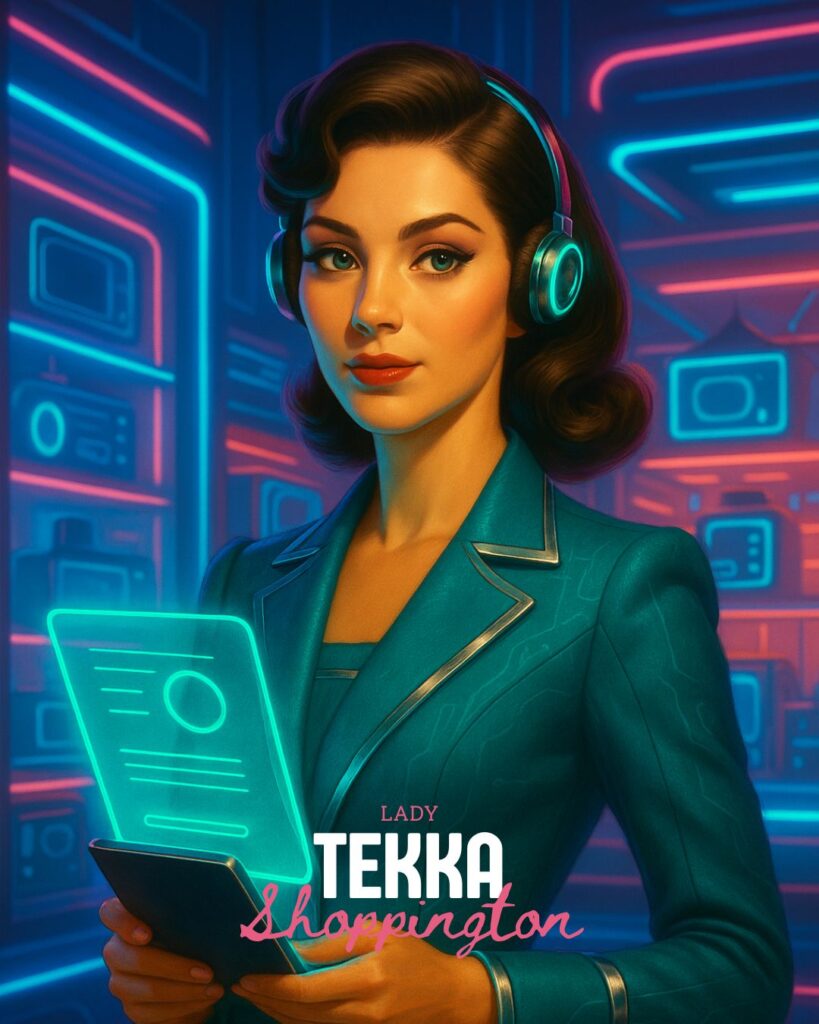
Electronics & Gadgets
Lady Tekka knows every spec and feature. She compares models, explains compatibility, and recommends add-ons that make sense. She removes purchase hesitation and boosts accessory sales in the process.

Furniture & Home Décor
Lady Homelia makes home shopping simple. She guides clients through measurements, style matching, and practical choices. With her help, buyers feel confident and convert faster on big-ticket items.

Beauty & Skincare
Lady Glowria is a radiant beauty consultant. She explains ingredients, suggests routines, and ensures customers find the right product for their skin. Her touch turns trial into loyalty and repeat orders.

Food Delivery & Meal Kits
Lady Savora is a tasteful meal concierge. She suggests dishes, tracks dietary needs, and prevents order mistakes. With her help, customers discover more and add bundles to their orders.
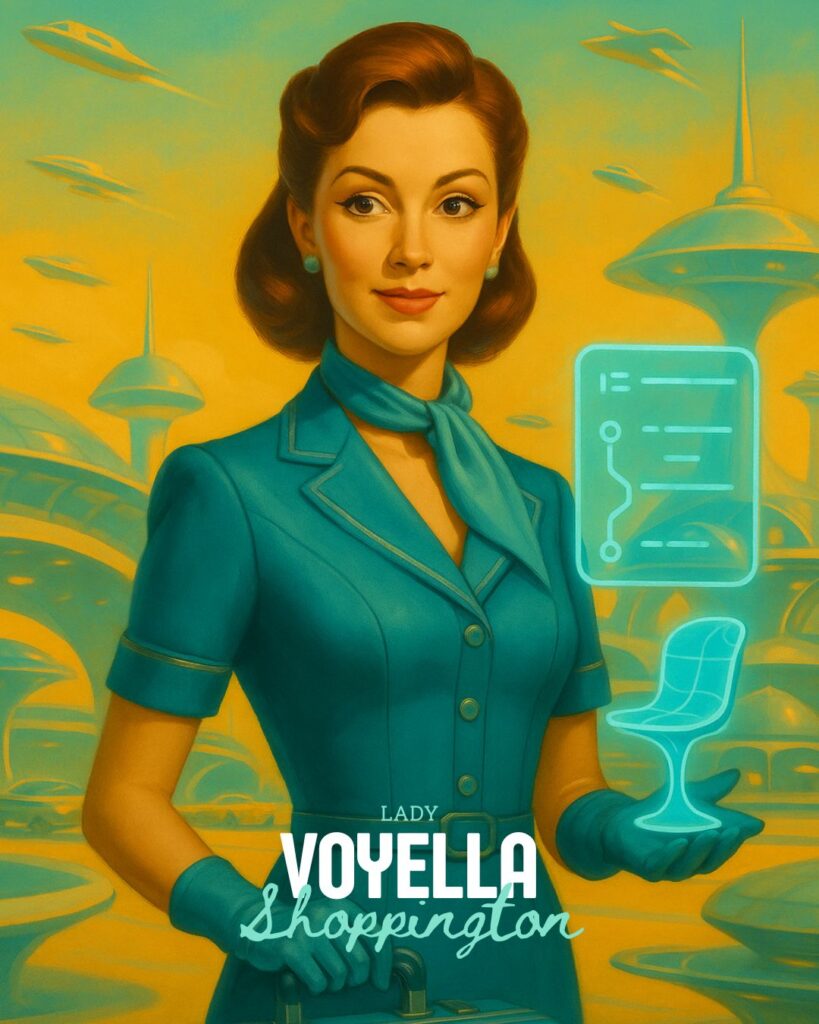
Travel & Hospitality
Lady Voyella is the perfect travel host. She helps guests book, plan, and explore — while offering upgrades and experiences. Available 24/7, she makes each trip smoother and more profitable.
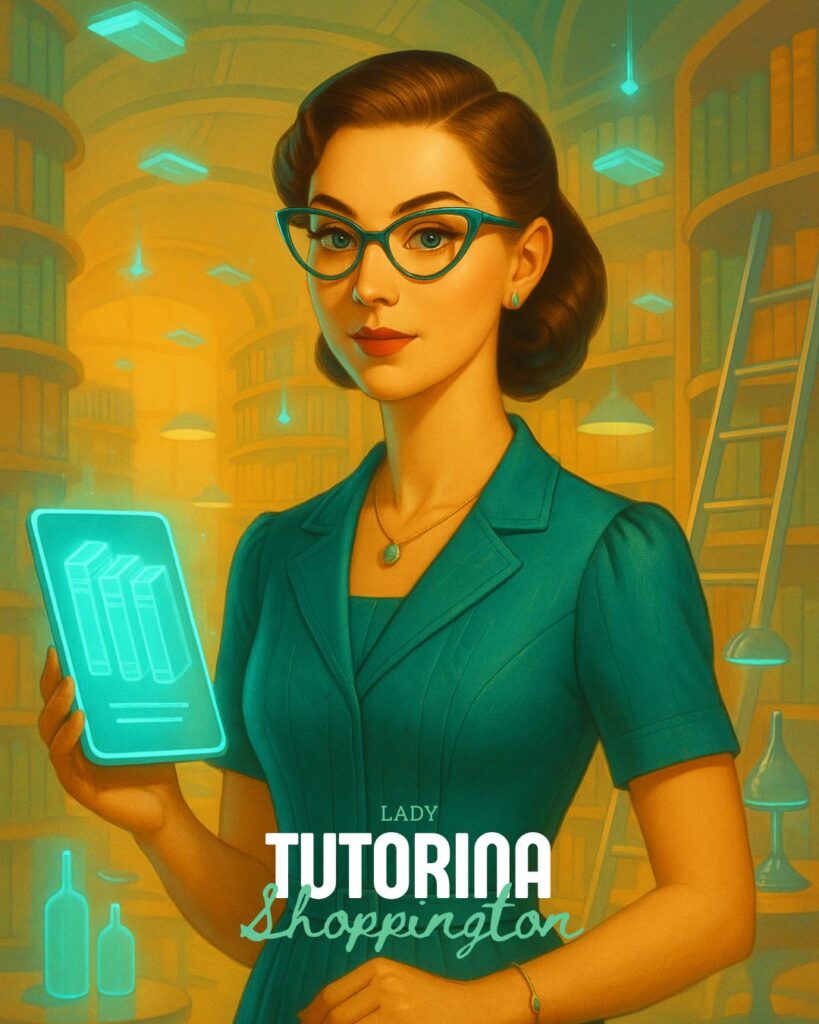
Online Education & Courses
Lady Tutorina is a smart academic guide. She explains course options, helps with onboarding, and promotes renewals. With her at hand, students stay engaged and schools increase enrollment.

Health & Wellness Products
Lady Vitalia brings clarity to wellness. She explains supplements, answers delicate health-related FAQs, and suggests bundles. She builds trust while boosting sales of packages and repeat purchases.
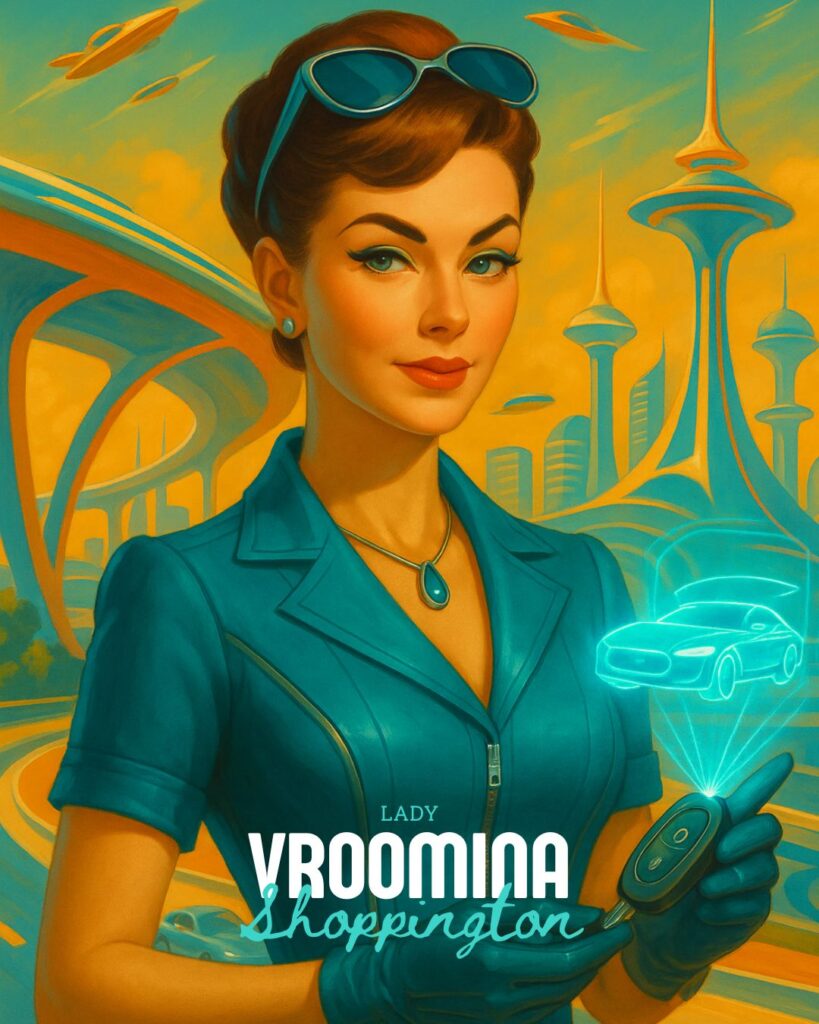
Automotive & Accessories
Lady Vroomina is the automotive expert every showroom dreams of. She helps buyers pick the right model or part, reassures them about compatibility, and suggests accessories. She speeds up decisions and grows order value.
Shoppington Sisters’ Technical Specification
| Build Architecture | n8n workflows, multiple input channels, multiple output channels, multiple knowledge storage platforms, fully customizable. |
| Input Channels | Embedded chat, WhatsApp, Telegram, Email, Landing page. |
| Output Channels | Embedded chat, WhatsApp, Telegram, Email, Google Docs/Sheets, Notion, Airtable. |
| Data and Knowledge Storage Options | Native n8n tables, File folders, Google Sheets, Notion Databases, Airtable Databases, Pinecone/Supabase Vector Databases. |
| Identity | Lady Shoppington is just the original identity. It can be adjusted or completely changed according to the client’s brand, process and preferences. |
| Main Service Domains | The main e-commerce areas, supported are leads/inquiries handling, shopping assistance, orders management, troubleshooting and escalation, complaints processing, assisting with refunds/returns/exchange. |
| Deployment Timeline | The time of deployment depends on the level of customization requested by the client. If Lady Shoppington is deployed “as-is” with minumum adjustments, the process can take from 2 to 5 business days. |



